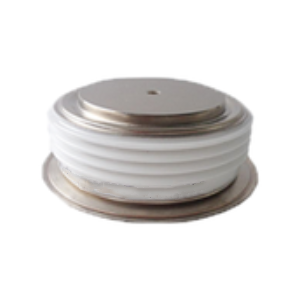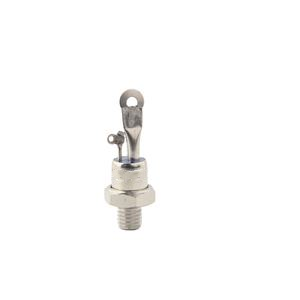Thyristors Online | High-Quality Power Semiconductors
**Thyristor Tango: Choosing the Right Switch for Your Mini AC Motor**
(Selecting Thyristors for Small AC Motor Control: Recommendations)
Let’s talk about thyristors. These little electronic switches are like the gatekeepers of power for small AC motors. Picking the right one isn’t just about specs—it’s about making your motor hum smoothly without burning out the circuit. Imagine trying to control a ceiling fan with a light switch. Too weak, and it flickers. Too strong, and it’s overkill. Thyristors work the same way.
First, know your motor. Small AC motors—think fans, pumps, or tiny conveyor belts—don’t need the muscle of industrial-grade parts. A thyristor’s job here is to handle the motor’s startup surge and keep it running steady. Look at the motor’s voltage and current ratings. Match them to the thyristor’s *forward blocking voltage* and *average current rating*. Go higher than the motor’s max specs. Why? Because motors can get moody. Voltage spikes happen. A buffer keeps things safe.
Next, think about heat. Thyristors hate getting hot. Even small motors can cook these components if they’re not paired with proper heat sinks. Check the *thermal resistance* rating. Lower numbers mean better heat dissipation. If your motor runs for hours, slap on a heat sink. No debates. It’s like putting a radiator on a car—skip it, and things melt.
Now, the trigger. Thyristors need a signal to turn on. For AC motors, *phase-angle control* is your friend. It lets you adjust speed by tweaking when the thyristor fires during the voltage cycle. But not all thyristors play nice here. Pick ones with low *gate trigger current*. Why? They’re easier to wake up. If your control circuit is basic—like a dimmer switch for a motor—this matters.
Watch out for noise. Cheap thyristors can create electrical chatter, messing with nearby sensors or microcontrollers. Look for *snubber circuits* in your design. These tiny resistor-capacitor combos calm voltage spikes. Or grab a thyristor with built-in noise suppression. Your motor might not care, but your Wi-Fi router will thank you.
Let’s get real. Brands matter. For small motors, STMicroelectronics’ *T-series* or Littelfuse’s *S-series* are solid. They’re affordable, easy to find, and tough enough for daily use. Avoid generic parts from shady suppliers. A burned-out thyristor can fry your motor controller. Not worth saving two bucks.
Testing is key. Hook up the thyristor and run the motor at full load. Feel the heat. Listen for weird noises. Use a multimeter to check for voltage drops. If the thyristor stays cool and the motor runs smooth, you’ve nailed it. If not, swap it out.
One last tip: size. Tiny motors mean space is tight. Go for *TO-220* or smaller packages. They fit neatly on circuit boards without hogging room. Bigger isn’t better here.
Still stuck? Ask hobbyists. Forums and DIY communities are goldmines. Someone’s probably fought the same battle with a blender motor or a desk fan. Learn from their meltdowns.
(Selecting Thyristors for Small AC Motor Control: Recommendations)
Remember, thyristors are like shoes. Pick the wrong size, and you’ll limp along. Get the right fit, and your motor will dance.


